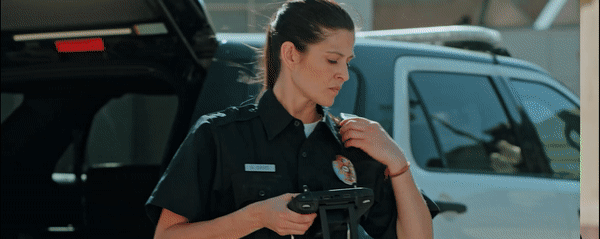One of the limiting regulatory factors for drones today is beyond the visual line-of-sight (BVLOS) operations. The technology can go BVLOS (15km range with the Matrice 300). However, the regulations aren’t quite there to support it yet. Until the rules catch up, DJI has introduced technology to help pilots fly within the rules while reaching horizontal distances further than before.
The DJI Matrice 300 RTK features Advanced Dual Control AKA Dual operator mode. Two DJI Smart controllers can be connected to the same aircraft, allowing aircraft controls to be passed from one controller to another.

But wait, this isn’t new? I can do that on other DJI drones like the Matrice 200…
The key difference here is that the aircraft control is passed between the controllers seamlessly, while in the air. In previous drones, one controller was assigned as the master, and the other was a secondary controller for the camera.
So what does this mean for drone pilots?
From our experience, you can realistically see the Matrice 300 drone about 300 meters out on a clear day before it becomes a dot in the sky. We love that DJI is integrating strobes on these aircraft - which helps with the visibility.
Significant operational efficiencies can be realized when you don’t have to fly back to the home point to swap out batteries. In cases such as powerline corridor inspections, two pilots can be strategically placed to maximize the distance between two towers. Pilot A flies towards Pilot B, who will then take over control and continue the mission. This can apply to other operations, including search and rescue, law enforcement, etc. Our consultants can help find the right solution for you, contact us today!

The Advanced Dual control only works in the manual flight as of now. We would like to see this functionality integrated into the Mission flight for long corridor mapping, hopefully soon. Follow us on LinkedIn for the latest updates!





